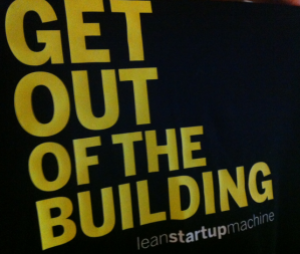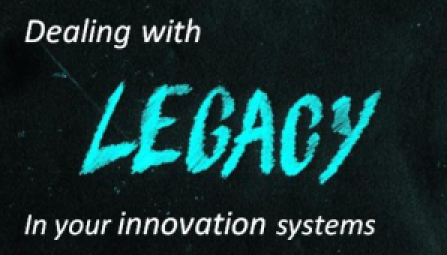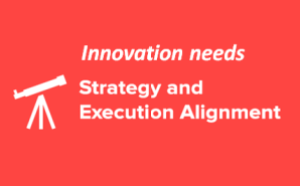 Today most executives seem to be time starved. They are constantly reacting to daily events, for fix focusing and fixing short-term performance. This applies to the top executive down to the most junior.
Today most executives seem to be time starved. They are constantly reacting to daily events, for fix focusing and fixing short-term performance. This applies to the top executive down to the most junior.
This time-starved environment has real implications for innovation.
If we don’t sit down and think through issues and implication of our present performance around innovation, how can we close the gaps and improve it? We just simply don’t seem to have a more systematic, connected road map within our thinking that points the way to the improving longer-term as we keep doing this ‘reacting’ only.
We have such a limited amount of time; to pause, to evaluate, or redesign. We equally don’t feel capable to simply assign this over, even to outsiders to help. We are far too challenged and driven, often far too inbreed into thinking that “our solutions can only be the only solutions to our problems or challenges”.
 I was reminded last week on what I seem to have forgotten in my years of focusing on innovation, or was simply repeating, just how innovation has seemingly stayed still in much of its design in recent years, irrespective of what we believe has been ‘innovation advances’.
I was reminded last week on what I seem to have forgotten in my years of focusing on innovation, or was simply repeating, just how innovation has seemingly stayed still in much of its design in recent years, irrespective of what we believe has been ‘innovation advances’. Coaching offers real benefits. For instance, in Leadership Coaching, the results offer an ROI on the initial investment of nearly SIX times on average. Can you image this X return factor going through the roof, going way beyond the initial investment if the innovation outcomes ‘take off’ and delivers the level of growth across the organization’s business, partly gained from a greater awareness of innovation and how to apply these different levers within it’s application?
Coaching offers real benefits. For instance, in Leadership Coaching, the results offer an ROI on the initial investment of nearly SIX times on average. Can you image this X return factor going through the roof, going way beyond the initial investment if the innovation outcomes ‘take off’ and delivers the level of growth across the organization’s business, partly gained from a greater awareness of innovation and how to apply these different levers within it’s application?





